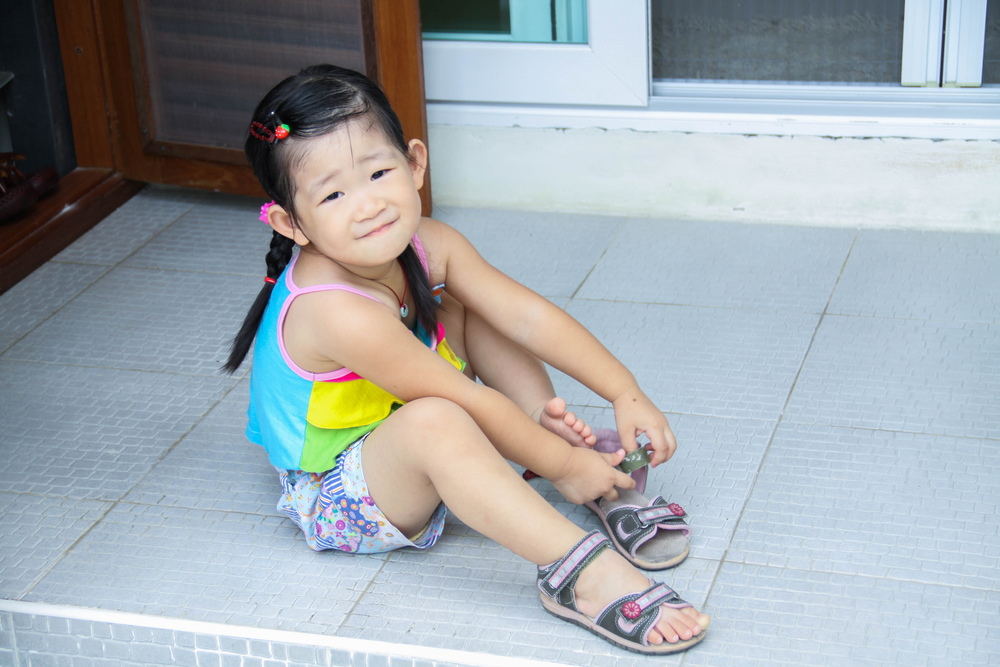

Written by: Fong Wai Kwan, Registered Physiotherapist
During the summer, many people turn to sandals to keep their feet cool and airy, relieving the stifling heat. While sandals have become a summer essential for both mothers and children, parents need to be mindful of the factors to consider when choosing the right pair. By keeping the following tips in mind, you can ensure your loved ones wear comfortable and healthy sandals!
Full-coverage sandals distribute plantar pressure evenly
Since children’s feet are still developing, extra care is needed when choosing sandals. For children under around 4 years old, whose heels have not yet fully developed, it is recommended to choose sandals designed for young children, with a mid-height design and a firmer heel cup to better stabilize the hindfoot and effectively protect the heel.
Moreover, parents can choose a pair of “full-coverage sandals” for their children, as they utilize “pressure distribution technology” to evenly distribute plantar pressure, making the children feel extra comfortable. The special “toe bone groove” design helps stabilize the forefoot during walking, and the gentle “arch support” effectively supports the arch to prevent excessive pressure and fatigue. The “heel cup design” increases the contact area of the heel, allowing the back of the shoe to fit snugly against the feet, thereby evenly distributing the plantar pressure and effectively relieving the symptoms of flat feet. Children can thus wear them comfortably and healthily!
“Toe Bone Groove” design reduces callus formation
In addition to considering children’s footwear, parents should also pay close attention when choosing sandals for themselves. This is because when ladies wear sandals, their feet tend to move forward, which can lead to persistent friction and pressure, causing calluses to form on the forefoot. The “full-coverage sandals” for women also feature a “toe bone groove” design, which can stabilize the forefoot during walking and reduce the likelihood of the foot moving forward.
Additionally, the “metatarsal pad” supports the transverse arch, increasing the contact area of the forefoot to prevent excessive pressure and reduce callus formation. It also features a “mild arch support” to reduce excessive stretching of the plantar fascia during walking, relieving foot fatigue. Coupled with the “heel cup” and “comfortable cushion design”, it helps to evenly distribute the plantar pressure, not only providing shock absorption but also effectively alleviating issues such as plantar fatigue, forefoot pain, and heel pain.